I want to highlight some of the tools I use to keep my Amazon ecommerce business going strong.
For the most part, I try to keep things as simple and straightforward as possible, although I could probably stand to make certain aspects even simpler. But there are a few tools that I find invaluable, and I use them to optimize my listings, boost my sales, and manage my processes.
These tools help me a lot (especially the first two on the list), and I wanted to talk more about them below.
To be successful with LHS you absolutely do not need to use these tools. I just wanted to share what I use and what works for me, with no agenda attached, in case any of these tools might interest you too.
That said, here’s a list of my all-time favorite Amazon tools…
SpotNiches
SpotNiches is my most favorite tool ever. I absolutely love it. Unfortunately, it’s down at the moment (we’re working on it!) but it’s normally spectacular.
SpotNiches works on Amazon, Etsy, and eBay to help you find the best keywords with the most searches and the least competition, so it’s a great way to discover hungry niches without having to guess at it.
SpotNiches is how I make most of my designs. It costs $97 a month and I highly recommend it.
Here are a few testimonials about this tool:
Note: SpotNiches is currently experiencing some technical difficulties, but it should be back up and running very soon.
Evernote
This tool isn’t specifically for Amazon, but it’s wildly helpful at keeping your business organized.
With Evernote, you create notebooks that you can share with other people to keep your thoughts, ideas, and any resources you want to have handy in one organized place.
For example, I have notebooks for conversations I’m having with my reps, for general testing, and for ideas I’m mulling over. Things that I include in my notebooks are…
- Amazon testing notes (I keep the ASINs logged and I record my inventory numbers when I start a test and then at the end of a test)
- Running lists of ways to move inventory when it gets stuck and strategies to test for getting more sales
- Links to helpful articles I find online
- Blog post ideas
- Notes about things I discuss with my reps
- Et cetera.
Evernote is super easy to work with and you can use the basic plan for free. Paid plans are also available for either $7.99 or $14.99 a month. You can learn more about Evernote’s pricing options here.
Inventory Lab
I use Inventory Lab to quickly identify how well my products are selling. The reports on Amazon are tough to go through, but this tool makes it a lot easier to see things clearly.
If you’re just getting started with LHS or if you don’t have a ton of products for sale, you don’t really need Inventory Lab. But since I have thousands of products, I really love this tool and get a lot out of it.
Here are a few of the things you can do with Inventory Lab:
You can see at a glance which of your products are selling well and which are not. You can plug in your costs to figure out your precise profit on products. And you can quickly identify profitable SKUs and ASINs.
Here are examples of SKU and ASIN profitability charts as compiled by Inventory Lab:
SKU profitability
ASIN profitability
Also, if you do an advanced search, you can check information from all time, the previous month, or custom time ranges and see, for example, what products sold the best around Father’s Day or Mother’s Day last year. This way, you can make sure to have that inventory in stock the following year so you can optimize your sales.
Because Amazon’s reports are difficult to read, paying $49 a month for Inventory Lab’s reports, which are MUCH easier to navigate, is worth it to me. But, again, if you don’t have many products, Inventory Lab may not be worth it to you. You can also try Inventory Lab for free for 30 days.
MerchantWords
Merchant Words isn’t necessary, especially not if you have SpotNiches, but it’s another tool that helps you quickly to come up with a list of the best keywords to use for your designs and listings.
Pricing for MerchantWords starts at $30 a month. Learn more here.
Listing Mirror
Listing Mirror syncs all of your inventory (i.e. your inventory from Amazon, Etsy, eBay, and any other websites you have or selling platforms you use) in one convenient place so you can easily make changes from just one platform.
With Listing Mirror, you basically just press a button and make it so your product listings are set up on multiple platforms, including eBay and Etsy.
You can do this with the GearBubble integrations as well, and you do need to have SKUs to do it, but sometimes when I’m testing, I find using Listing Mirror to be helpful.
It is quite expensive though, and I would say the average LHS user doesn’t need it. But if you have thousands of products across multiple platforms, which I do, it’s an awesome tool for organization.
Pricing for Listing Mirror depends on the number of SKUs you have in your catalog and starts at $69 a month. You can learn more here.
Note: If you sign up for Listing Mirror, be sure to mention my name. :-)
Dropbox
Dropbox is a tool that makes it super easy for my team and me to share files. We use it a lot for both of my companies, including the warehouse, and it’s great for hosting large volumes of documents and designs.
For example, someone on my team might create a design and then store it in Dropbox. Then, I or someone else can easily access that design file if we need to make changes or create a listing.
Dropbox has a basic version that’s free to use and gives you 2 GB of storage space. You can sync files across devices and share folders and links. Paid plans offering more storage space and expanded access start at $11.99 a month.
Google Drive
You can use Google Drive or any other file storage tool, but having some type of organizational tool in your arsenal to store and share documents and worksheets is super helpful.
There are certain worksheets that we use in Jumpstart for getting our designs and products to different channels and we use Google Drive to store these worksheets.
For example, say I have a design in the sewing niche. We have worksheets that make sure that design goes on every product. We cross it out once it’s done. Then, it goes to the different selling channels after Amazon.
We also have design calculators to make sure we’re getting out enough designs to meet our goals.
And it’s just helpful being able to store these types of documents and worksheets in one convenient place where you and your team members can easily access them.
Google Drive is free to use for personal use up to 15 GB of storage space.
Other helpful tools
I personally think keeping it simple is best. But if you want to check out some other cool resources for your Amazon business, there is a website I like that provides you with a lot of other neat tools that help you do all sorts of things like…
- product research
- rank tracking
- calculate FBA profits
- PPC management
- inventory management
- manage your feedback and reviews
- optimize your listings
- calculate shipping
- monitor hijackers
- and a whole lot more.
You can check it out here.
What do you think of this list of tools? Have you tried any of these before? Are there any others you can recommend? Please share your insights in the comments section below. And if you enjoyed this post, I hope you’ll share it with your friends. :-)

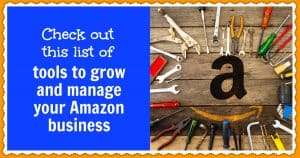

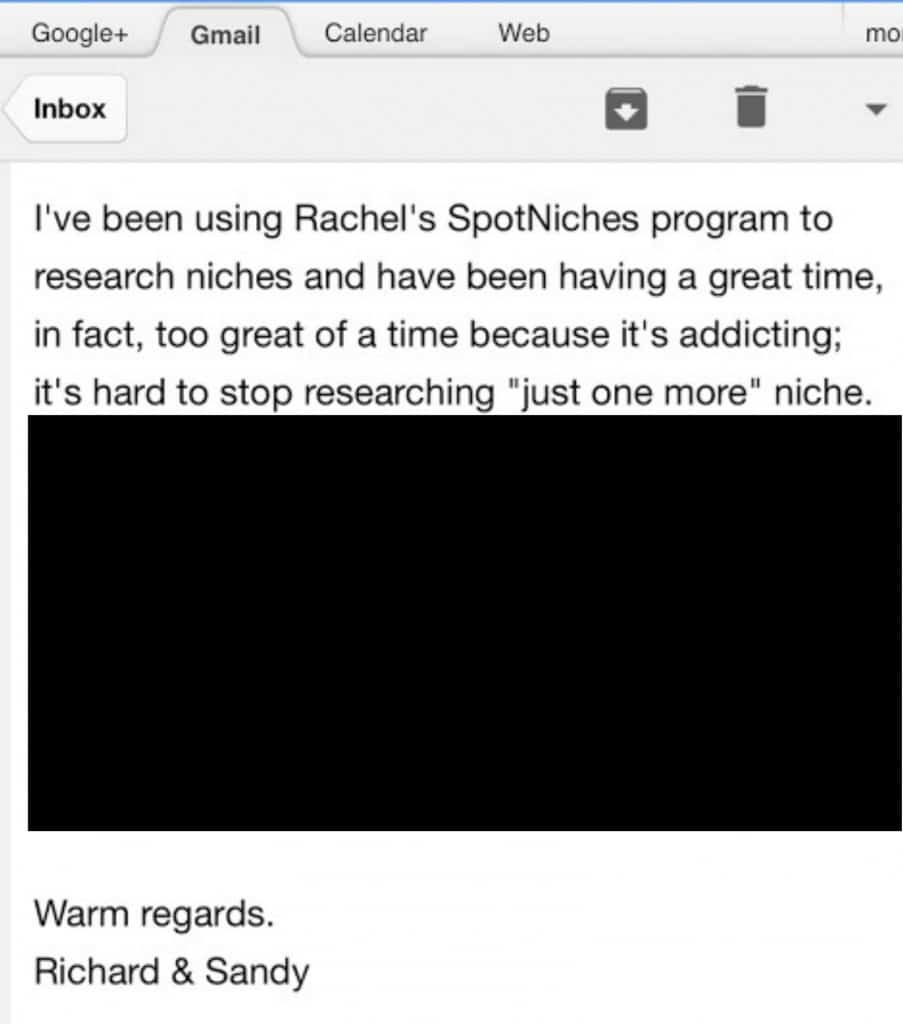

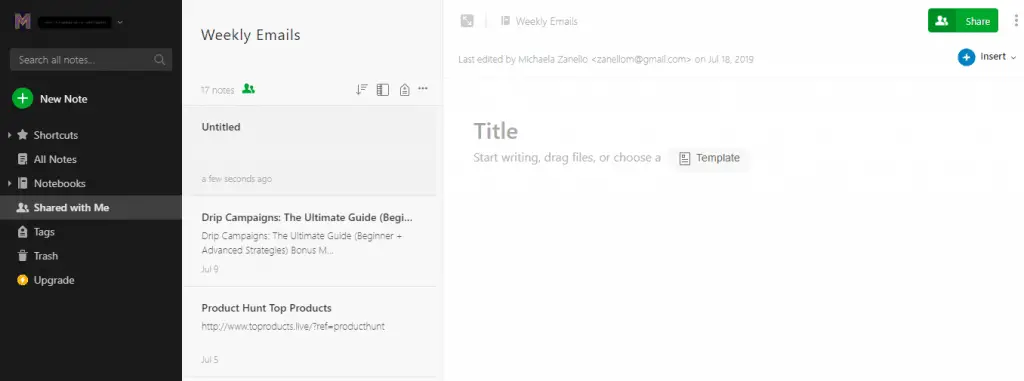
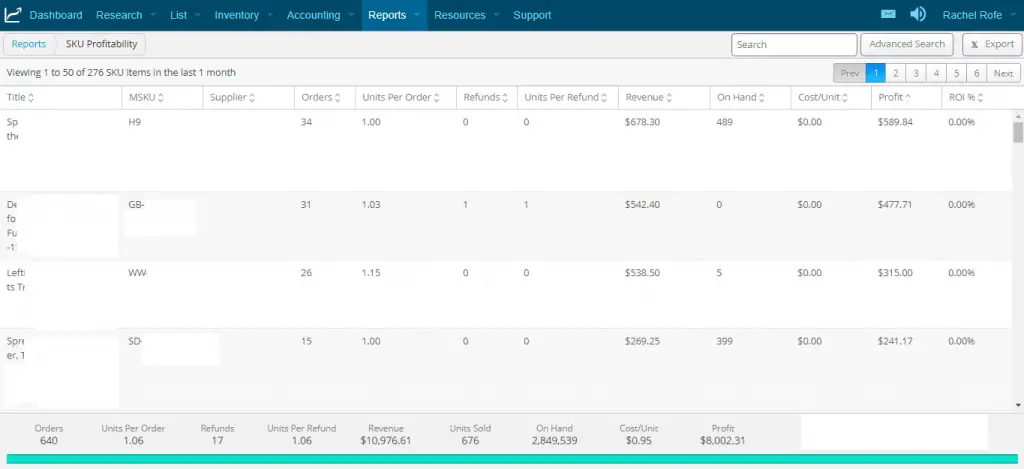
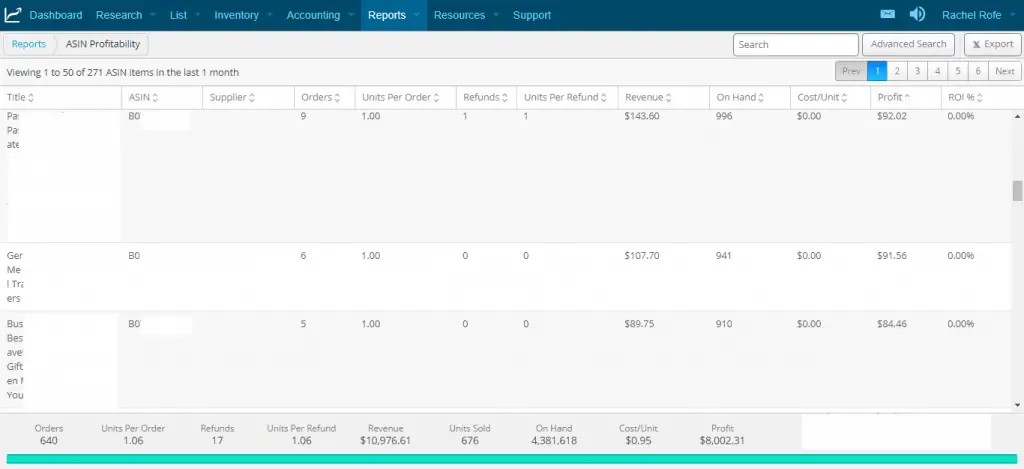
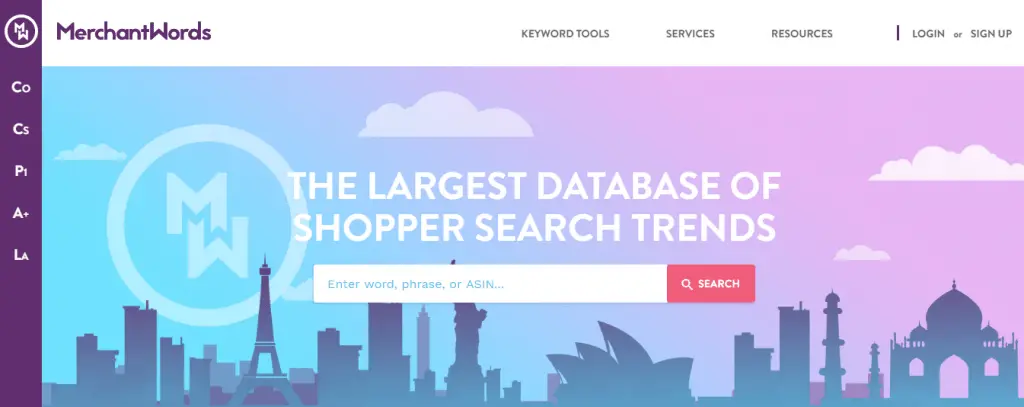

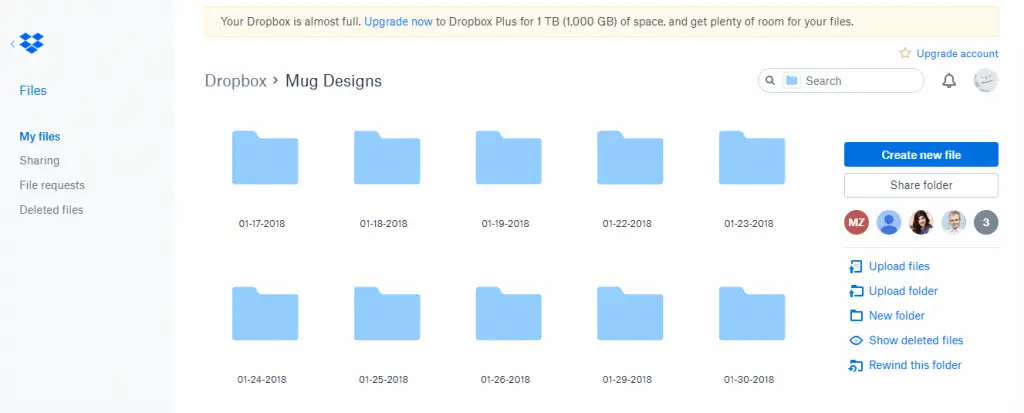
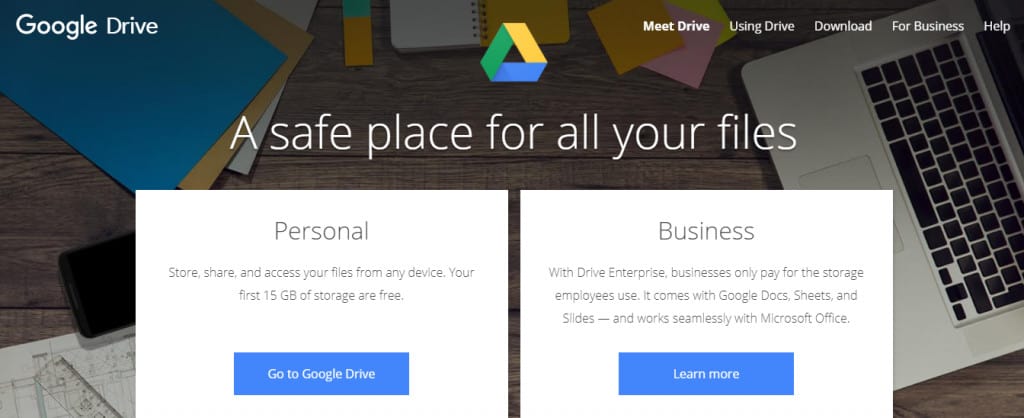

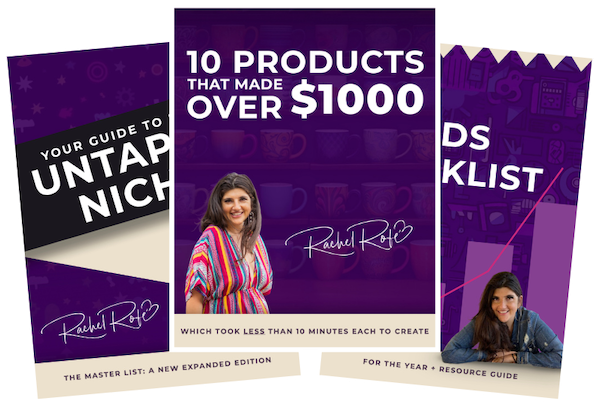


0 thoughts on “Check out this list of tools to grow and manage your Amazon business”
Link not working
Thanks for getting in touch, Sandi. Which link isn’t working? Thanks!
Excellent article. Thanks for the Info.